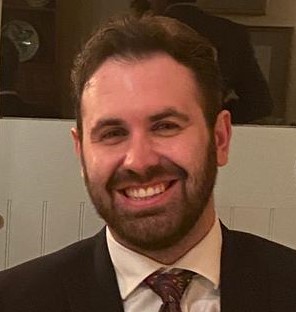Welcome to the final edition of the myHSN op-ed written by our co-founder Dr Andrew Stein. In this edition, we discuss how the NHS operates at a local level, and why efficiency gains here are so important.
5. Regional substructures
Most parts of the NHS have a regional substructure. Unfortunately, for historical reasons, the different parts are not organised in the same way, and vary geographically. So, we have seven NHS England regions, 13 Health Education England regions (called LETBs or deaneries), eight UK Health Security Agency (public health) regions, and four NHS Health and Justice (prisons, etc.) regions. It’s an odd and seemingly random configuration.
The UK has experienced over 400 years of stable democracy, which is a good thing, but can also lead to geographical and operational chaos which is difficult to overhaul. At the same time, this system is also quite fair, because it’s so complex that no one person is really in charge and power is spread out.
None of these regions are linked up however – the departments listed above have little connection to the 14 Ambulance Trusts, and zero connection to the 300+ councils nationwide. These facts explain why the NHS feels, to both staff and the public, like a huge machine of multiple large silos that don’t know what the other sections do, or talk to one another. That’s not to say that it can’t change, though.
Solution: single regional substructure built around seven NHS regions, and merge ICSs with councils
ICS stands for integrated care system. In short, these are groupings of all NHS care organisations in 44 subregional areas (GPs, hospitals, mental health etc.), all under the same organisation, making it easier to link up your care whilst also making it easier to administer and pay for services at a governmental level. An ICS does not currently include local councils, which are often tasked with social care before or after discharge from hospital – something most may assume would be an NHS task.
It would be hard, but it is possible to start again, and rebuild the system around the seven NHS England regions. HEE, UK-HSA and NHS H&J (and most other arms-length bodies) should have the same regional structure. Each region will have about seven sub-regional ICSs, which could take over social care from the relevant council. We could even align the geographical boundary of an ICS to be the same as the associated county (or equivalent) council. It is possible.
How (would it affect you)?
Much of this article is health manager-speak and therefore would not seem to apply to your own healthcare journey. Much like politics however, the way our systems interact at a higher level have huge ramifications on our daily lives.
Integrating these care organisations would increase NHS efficiency in all areas by providing more streamlined funding and administration. Waiting lists for social care or operations would be slashed. Organisations could talk to each other more easily, meaning referrals would be more efficient and quicker. Care following a hospital stay could be organised through the hospital, rather than relying on local authorities. Inter-hospital communication could be bolstered, meaning that operations can happen more quickly and bed spaces are cleared and created faster. This is all a theoretical possibility with greater inter-organisation collaboration and a more intelligent design of NHS structure.
The Future
The underlying drivers of NHS inefficiency are population growth, disease complexity (especially in the elderly) and public expectation of their health service. The NHS in 1948 did not predict such a fundamental shift in our health needs and behaviours, and therefore over many years, cracks have been painted and creaking services have been oiled – without much thought for the service as a whole. Billions of pounds have been hastily thrown at the NHS for decades, yet waiting lists continue to grow, and patients remain underserved in many areas of the country.
The NHS must not only survive, it must thrive. The myHSN 5 steps to NHS success are doable in our lifetime and would allow us to deliver an NHS to be proud of, for decades to come.
We hope you enjoyed this special series – make sure you look out for the next one!
As always, best wishes from myHSN!


